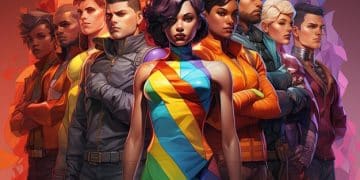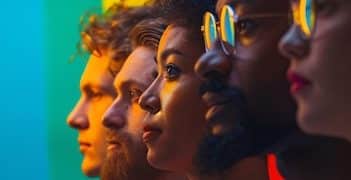The Evolution of LGBTQ+ Themes in League of Legends Music: A Deep Dive
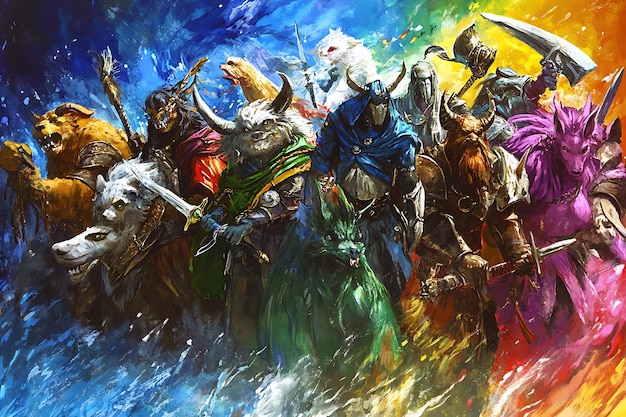
The evolution of LGBTQ+ themes in League of Legends music and sound design reflects a broader shift towards inclusivity, showcasing nuanced representation through character themes, narratives, and partnerships with LGBTQ+ artists.
League of Legends, a global phenomenon in the world of online gaming, has increasingly embraced diverse narratives and characters. This evolution is particularly evident in its music and sound design, where the evolution of LGBTQ+ themes in League of Legends music and sound design has become a significant aspect of its storytelling.
The Early Stages: Subtext and Ambiguity
In the initial years of League of Legends, LGBTQ+ representation was largely subtle, relying on subtext and character interpretations rather than explicit acknowledgment. This approach reflected the gaming industry’s cautious approach to social issues at the time.
Character Backstories and Fan Interpretations
Many players found LGBTQ+ representation in the lore and relationships between champions, even if these elements were not explicitly stated by Riot Games. Characters like Leona and Diana, whose relationship has been debated and interpreted by fans for years, exemplify this.
Sound Design as a Medium for Suggestion
Early sound design, while not overtly LGBTQ+ themed, allowed for interpretations that resonated with LGBTQ+ players. The tone and emotional depth of character themes fostered connections with players who projected their own experiences onto the champions.
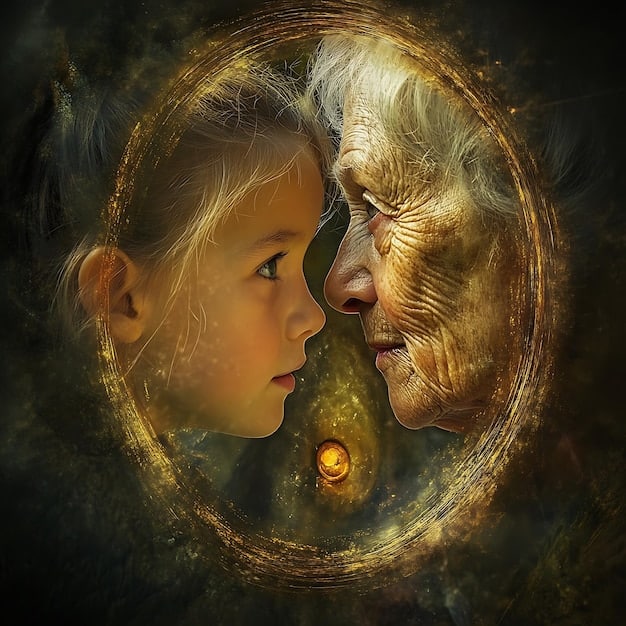
- Ambiguity allowed for personal interpretation and connection.
- Subtext provided a layer of inclusivity without being overt.
- Fan theories and interpretations enriched the game’s lore and character depth.
These subtle inclusions, though not explicit, laid the groundwork for future, more direct representations, showing a willingness to engage with diverse audiences and fostering a sense of community among LGBTQ+ players.
The Shift Towards Explicit Representation
As societal attitudes evolved, so did the approach to LGBTQ+ themes in League of Legends. Riot Games began to introduce more explicit representations, reflecting a growing commitment to inclusivity and diversity within its game and community.
Introduction of LGBTQ+ Characters
The introduction of Neeko, a champion explicitly confirmed as lesbian, marked a significant milestone. Her voice lines, interactions, and lore directly addressed her sexuality, providing a clear and unambiguous representation for LGBTQ+ players.
Music and Sound Design in Character Themes
Neeko’s character theme incorporated elements that reflected her vibrant personality and playful nature, aligning with her identity as an LGBTQ+ character. The music sought to celebrate her uniqueness and appeal to a broader audience.
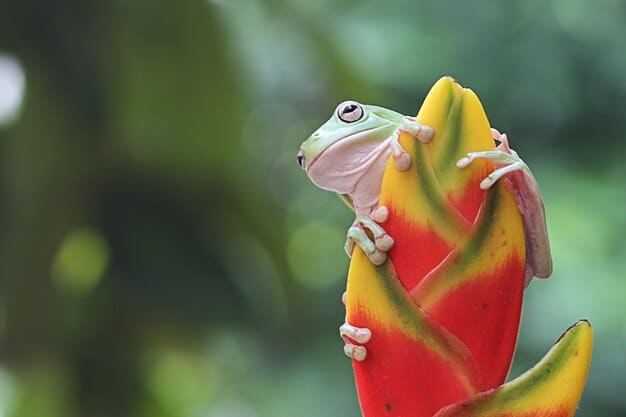
- Neeko’s explicit representation set a new standard for inclusivity.
- Character themes became more aligned with diverse identities.
- Riot Games actively engaged with LGBTQ+ community input.
This shift illustrated a willingness to move beyond subtext and embrace a bolder, more direct approach to LGBTQ+ representation, creating characters that LGBTQ+ players could see themselves in and identify with.
Music as a Vehicle for LGBTQ+ Storytelling
Music plays a critical role in conveying the emotions and narratives of League of Legends characters. The evolution of LGBTQ+ themes in music has allowed Riot Games to tell more nuanced and meaningful stories.
Themes Reflecting Identity and Acceptance
Character themes like K’Sante’s, the Pride of Nazumah, reflect not only his personal narrative but also broader themes of LGBTQ+ identity and acceptance. The music incorporates elements that celebrate his strength, resilience, and pride.
Collaborations with LGBTQ+ Artists
Riot Games has increasingly collaborated with LGBTQ+ artists to create music that authentically represents diverse experiences. These partnerships ensure that the music resonates with LGBTQ+ players and reflects their stories accurately.
- Music amplifies the emotional impact of LGBTQ+ narratives.
- Themes explore identity, acceptance, and pride.
- Collaborations ensure authenticity and representation.
By prioritizing authentic storytelling through music, Riot Games has deepened the connection between players and characters, fostering a more inclusive and understanding gaming community.
Sound Design in the Service of Inclusivity
Beyond music, sound design plays a subtle yet powerful role in creating an inclusive environment. The careful layering of sound effects and voice lines can enhance the representation of LGBTQ+ themes.
Voice Lines and Character Interactions
Voice lines that acknowledge and celebrate diverse identities contribute to a more inclusive game environment. Character interactions that reflect understanding and acceptance help normalize LGBTQ+ relationships and experiences.
Sound Effects Enhancing Emotional Depth
Subtle sound effects can enhance the emotional depth of LGBTQ+ narratives, creating a richer and more immersive experience for players. These elements add layers of meaning to character interactions and storylines.
- Voice lines promote inclusivity and understanding.
- Character interactions normalize LGBTQ+ relationships.
- Sound effects enhance the emotional impact of narratives.
By paying attention to these details, Riot Games creates a game world that feels welcoming and authentic to LGBTQ+ players, fostering a sense of belonging and representation.
Challenges and Criticisms
Despite the progress made, the representation of LGBTQ+ themes in League of Legends has not been without its challenges and criticisms. Addressing these issues is crucial for continued growth and improvement.
Tokenism and Stereotypes
Some critics argue that the representation of LGBTQ+ characters can sometimes fall into tokenism or rely on stereotypes. Ensuring nuanced and authentic portrayals is essential to avoid perpetuating harmful tropes.
Community Backlash and Misinterpretations
The introduction of LGBTQ+ themes has occasionally faced backlash from certain segments of the community, highlighting the need for ongoing education and dialogue. Misinterpretations can stem from a lack of understanding or exposure to diverse perspectives.
- Tokenism and stereotypes can undermine authentic representation.
- Community backlash highlights the need for education.
- Addressing criticisms is crucial for continued growth.
Acknowledging and addressing these challenges allows Riot Games to refine its approach and ensure that LGBTQ+ representation is both meaningful and respectful, fostering a more inclusive community.
The Future of LGBTQ+ Themes in League of Legends
Looking ahead, the future of LGBTQ+ themes in League of Legends holds exciting possibilities. Continued innovation and collaboration can lead to even more authentic and impactful representations.
Expanding Representation and Narratives
Expanding the range of LGBTQ+ characters and narratives will allow for a more diverse and comprehensive representation. Exploring different identities, relationships, and experiences can enrich the game’s lore and resonate with a wider audience.
Community Engagement and Collaboration
Continuing to engage with the LGBTQ+ community and collaborating with LGBTQ+ artists will ensure that representations remain authentic and meaningful. Feedback from players and experts is invaluable in shaping the future of inclusivity in League of Legends.
- Continued expansion of characters and narratives.
- Prioritizing community engagement and collaboration.
- Innovation in music and sound design.
By embracing these strategies, League of Legends can continue to be a leader in LGBTQ+ representation, creating a game world where everyone feels seen, heard, and valued.
| Key Point | Brief Description |
|---|---|
| 🎶 Early Subtext | Initial hints through character backstories and fan interpretations. |
| 🏳️🌈 Explicit Representation | Introduction of characters like Neeko with clear LGBTQ+ identities. |
| 🤝 Collaborations | Partnerships with LGBTQ+ artists to ensure authentic storytelling. |
| 🔊 Inclusive Sound | Use of voice lines and sound effects to enhance emotional depth. |
FAQ Section
▼
Early inclusions were subtle, with clearer representation emerging in more recent years. Characters like Neeko marked a shift toward explicit LGBTQ+ themes and identities.
▼
Through character backstories, voice lines, and thematic elements. These elements help create identifiable LGBTQ+ characters, such as K’Sante, the Pride of Nazumah.
▼
Music amplifies the emotional impact of LGBTQ+ narratives. Partnering with LGBTQ+ artists also ensures that diverse experiences are authentically reflected.
▼
Criticism includes concerns about tokenism and stereotypes, as well as community backlash. Addressing these concerns is essential for the game’s evolution.
▼
The roadmap involves expanding representation, ongoing engagement with the LGBTQ+ community, and continued innovation in music and sound design for authenticity.
Conclusion
The journey of the evolution of LGBTQ+ themes in League of Legends music and sound design showcases the game’s commitment to creating an inclusive environment. Addressing challenges while celebrating successes will pave the way for a more diverse and representative gaming experience for all players.

